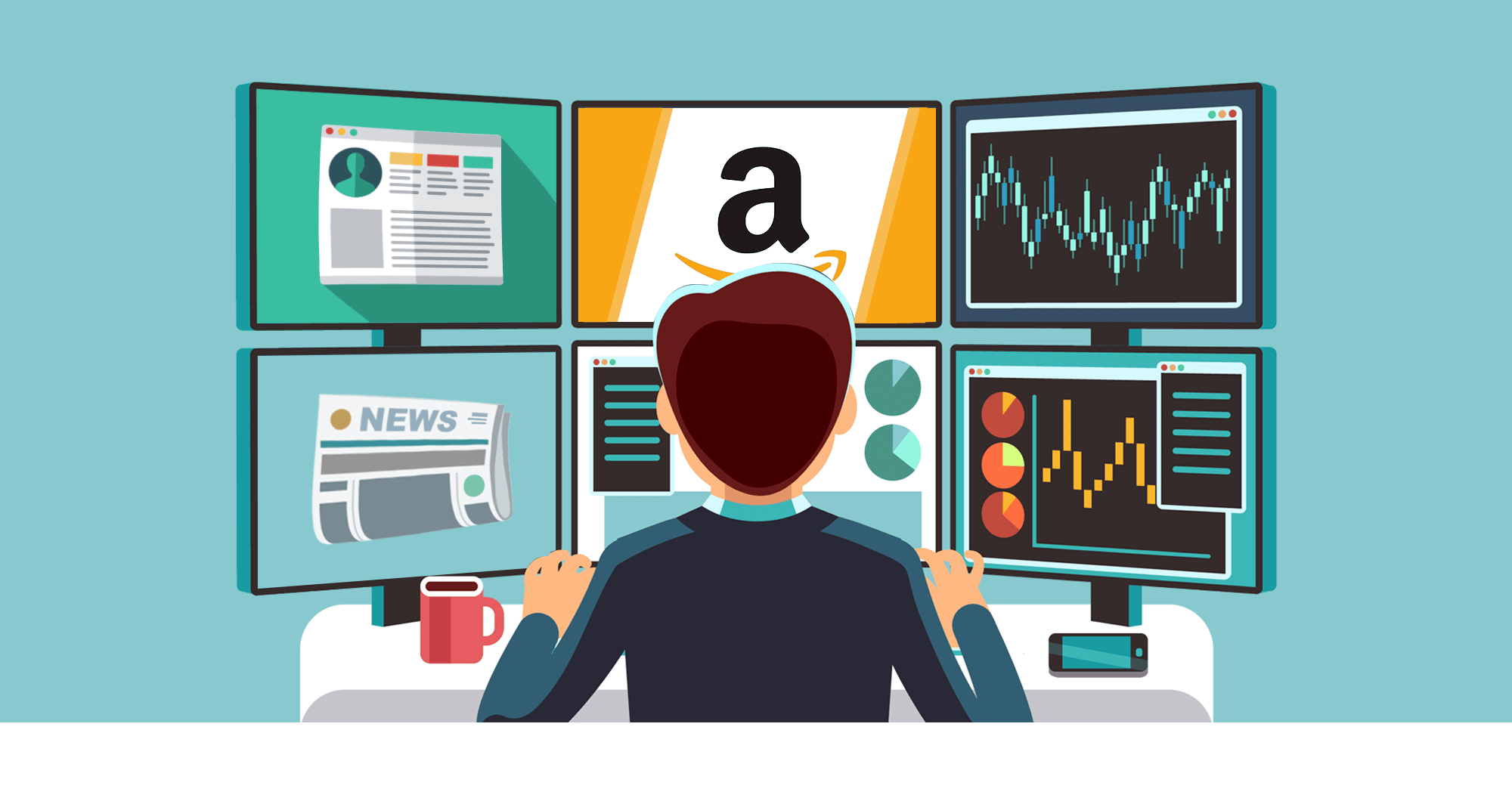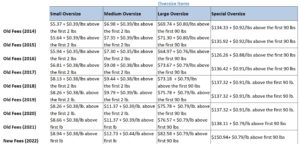Amazon Adds Fuel and Inflation Surcharge, Increasing FBA Fees

Just a few months after it implemented its most recent FBA fee increase, Amazon announced it will add a 5% fuel and inflation surcharge on top of current FBA fulfillment fee per-unit rates. This change will take effect on April 28, which gives sellers just two weeks to work on their game plan.
Why Is Amazon Increasing FBA Fees Again?
In its announcement, Amazon cited the following reasons for the upcoming changes:
- It absorbed significant cost increases over the past few years.
- Fuel prices and inflation are making it more difficult for them to do so.
Amazon tried to soften the blow by reminding sellers of what the company has done during the pandemic to help their selling partners:
- Doubling fulfillment capacity
- Adding over 750,000 full- and part-time roles (noting that it also increased the hourly wage to $18 from $15)
Based on the verbiage, it seems like Amazon was continuing to absorb additional costs in the hope and expectation that things would go back to normal in 2022. However, because of inflation and the increase in fuel prices, they have to offload these costs to third-party sellers. To be fair, inflation in the United States is the highest it’s ever been since 1981, and the war in Ukraine doesn’t help with the situation at all.
This surcharge is a first for Amazon, and the company assured sellers that it has “increased fulfillment rates less than other carriers and continues to cost significantly less than alternatives.”
However, with all the challenges that sellers are facing today, it’s no surprise that the announcement did not sit well with them.
What Can Sellers Do About This FBA Fee Increase?
The fuel and inflation surcharge poses another problem to sellers, and they need to move fast to make sure their products are still profitable. Here are some of the things you can do to address this:
Increase prices. Let’s start with the obvious. In order to compensate for the higher fees, sellers can increase their price offers. However, this may have serious repercussions, especially because the Buy Box is given more often to sellers who price their products lower, considering all other factors are similar. In relation to this, you can set your repricing software to make your offer competitive without losing money in the process.
Ship through FBM. The surcharge will affect FBA fees only, so you might want to look into FBM.
Consider other marketplaces. Because of the pending increases and other challenges that Amazon sellers are currently facing, some are planning to jump ship. While Amazon is still the no. 1 ecommerce marketplace right now, you can consider other options such as Walmart which also has Walmart Fulfillment Services (WFS), a program not unlike FBA.
Drive external traffic to your listing. You can cut your costs if you’re able to lower your PPC expenses. Aim for a content-first strategy and try to get more people to your product listing without relying too much on paid ads.
FBA Fee Changes Over the Years
We’ve been monitoring the increases in FBA fees over the past years. The following tables summarize the changes in both oversize and standard size items since 2014.


For more details about the FBA fees increase in the past years, click on the following links:
- Amazon Fee Updates (2017)
- Amazon Fee Updates (2018)
- Amazon Fee Updates (2019)
- Amazon Fee Updates (2020)
- Amazon Fee Updates (2021)
- Amazon Fee Updates (2022)
Final Thoughts
We’re all feeling the effects of inflation, whether you’re a seller or just a buyer—and yes, even if you’re Amazon. The surcharge may be understandable (or at least we can understand what’s causing it), but we also can’t blame sellers for feeling upset about these added costs. It’s already hard to keep up with Amazon’s standards when it comes to pricing as it is. And with just a two weeks notice, Amazon isn’t really giving much time for their selling partners to adjust.
Are you an FBA seller? How do you feel about the surcharge?




